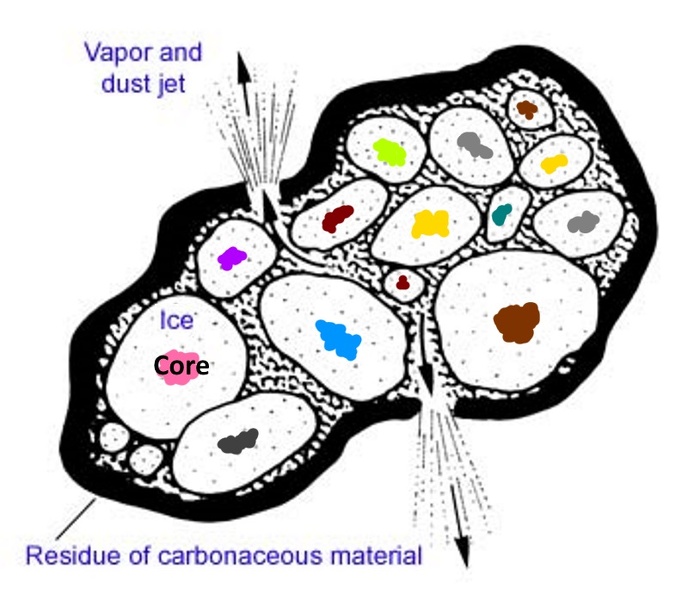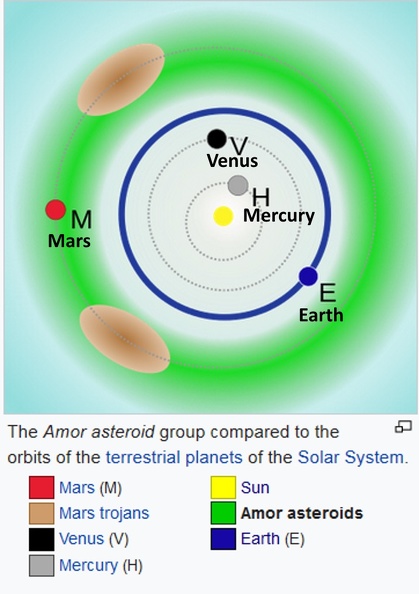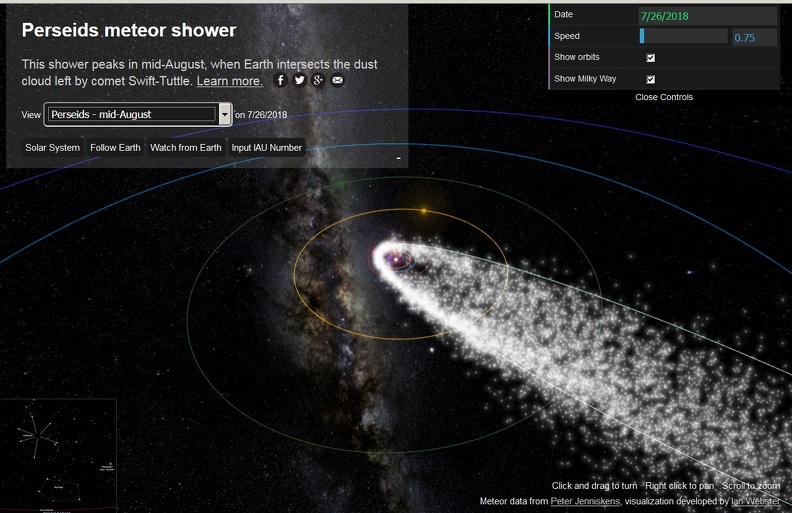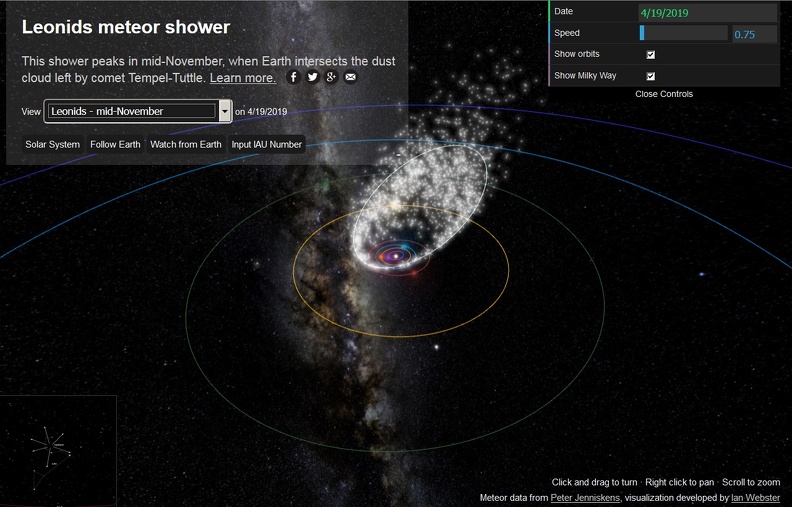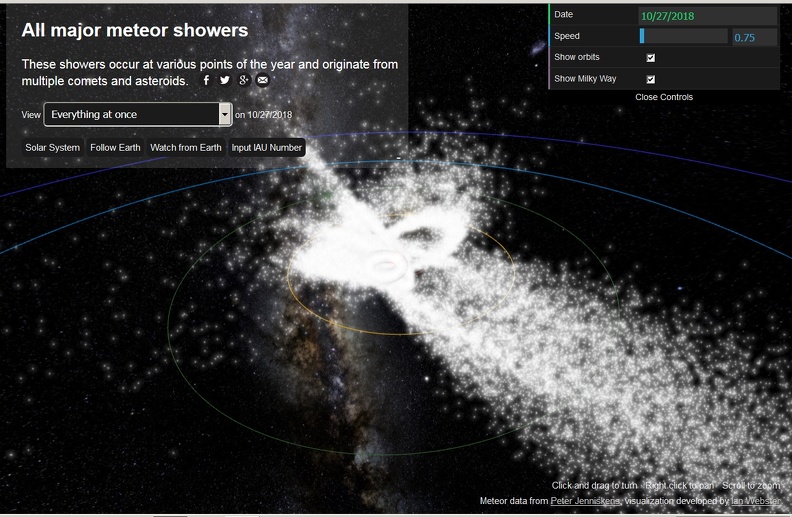Post by 1dave on May 23, 2018 11:52:06 GMT -5
By far the #1 geological phenomena in the Universe is Impacts. 
Most Scientists try to ignore them. Too scary!
Geologists should love them because that is where much of our mineralogical wealth came from.
Hard to decipher if you don't understand what happened way back then.
upload.wikimedia.org/wikipedia/commons/c/cc/Earth_Impact_Database_world_map.svg

There is a difference between asteroid impacts and comet impacts.

Most Scientists try to ignore them. Too scary!

Geologists should love them because that is where much of our mineralogical wealth came from.

Hard to decipher if you don't understand what happened way back then.
upload.wikimedia.org/wikipedia/commons/c/cc/Earth_Impact_Database_world_map.svg

There is a difference between asteroid impacts and comet impacts.
en.wikipedia.org/wiki/Impact_event
An impact event is a collision between astronomical objects causing measurable effects. Impact events have physical consequences and have been found to regularly occur in planetary systems, though the most frequent involve asteroids, comets or meteoroids and have minimal impact. When large objects impact terrestrial planets like the Earth, there can be significant physical and biospheric consequences, though atmospheres mitigate many surface impacts through atmospheric entry. Impact craters and structures are dominant landforms on many of the Solar System's solid objects and present the strongest empirical evidence for their frequency and scale.
Impact events appear to have played a significant role in the evolution of the Solar System since its formation. Major impact events have significantly shaped Earth's history, have been implicated in the formation of the Earth–Moon system, the evolutionary history of life, the origin of water on Earth and several mass extinctions. Notable impact events include the Chicxulub impact, 66 million years ago, believed to be the cause of the Cretaceous–Paleogene extinction event.[1]
Throughout recorded history, hundreds of Earth impacts (and exploding bolides) have been reported, with some occurrences causing deaths, injuries, property damage, or other significant localised consequences.[2] One of the best-known recorded impacts in modern times was the Tunguska event, which occurred in Siberia, Russia, in 1908. The 2013 Chelyabinsk meteor event is the only known such incident in modern times to result in a large number of injuries, excluding the 1490 Ch'ing-yang event in China. The Chelyabinsk meteor is the largest recorded object to have encountered the Earth since the Tunguska event. The asteroid impact that caused Mistastin crater generated temperatures exceeding 2,370 °C, the highest temperatures known to have occurred on Earth.[3]
The Comet Shoemaker–Levy 9 impact provided the first direct observation of an extraterrestrial collision of Solar System objects, when the comet broke apart and collided with Jupiter in July 1994. An extrasolar impact was observed in 2013, when a massive terrestrial planet impact was detected around the star ID8 in the star cluster NGC 2547 by NASA's Spitzer space telescope and confirmed by ground observations.[4] Impact events have been a plot and background element in science fiction.
In April 2018, the B612 Foundation reported "It's a 100 per cent certain we'll be hit [by a devastating asteroid], but we're not 100 per cent sure when."[5][6]
An impact event is a collision between astronomical objects causing measurable effects. Impact events have physical consequences and have been found to regularly occur in planetary systems, though the most frequent involve asteroids, comets or meteoroids and have minimal impact. When large objects impact terrestrial planets like the Earth, there can be significant physical and biospheric consequences, though atmospheres mitigate many surface impacts through atmospheric entry. Impact craters and structures are dominant landforms on many of the Solar System's solid objects and present the strongest empirical evidence for their frequency and scale.
Impact events appear to have played a significant role in the evolution of the Solar System since its formation. Major impact events have significantly shaped Earth's history, have been implicated in the formation of the Earth–Moon system, the evolutionary history of life, the origin of water on Earth and several mass extinctions. Notable impact events include the Chicxulub impact, 66 million years ago, believed to be the cause of the Cretaceous–Paleogene extinction event.[1]
Throughout recorded history, hundreds of Earth impacts (and exploding bolides) have been reported, with some occurrences causing deaths, injuries, property damage, or other significant localised consequences.[2] One of the best-known recorded impacts in modern times was the Tunguska event, which occurred in Siberia, Russia, in 1908. The 2013 Chelyabinsk meteor event is the only known such incident in modern times to result in a large number of injuries, excluding the 1490 Ch'ing-yang event in China. The Chelyabinsk meteor is the largest recorded object to have encountered the Earth since the Tunguska event. The asteroid impact that caused Mistastin crater generated temperatures exceeding 2,370 °C, the highest temperatures known to have occurred on Earth.[3]
The Comet Shoemaker–Levy 9 impact provided the first direct observation of an extraterrestrial collision of Solar System objects, when the comet broke apart and collided with Jupiter in July 1994. An extrasolar impact was observed in 2013, when a massive terrestrial planet impact was detected around the star ID8 in the star cluster NGC 2547 by NASA's Spitzer space telescope and confirmed by ground observations.[4] Impact events have been a plot and background element in science fiction.
In April 2018, the B612 Foundation reported "It's a 100 per cent certain we'll be hit [by a devastating asteroid], but we're not 100 per cent sure when."[5][6]




